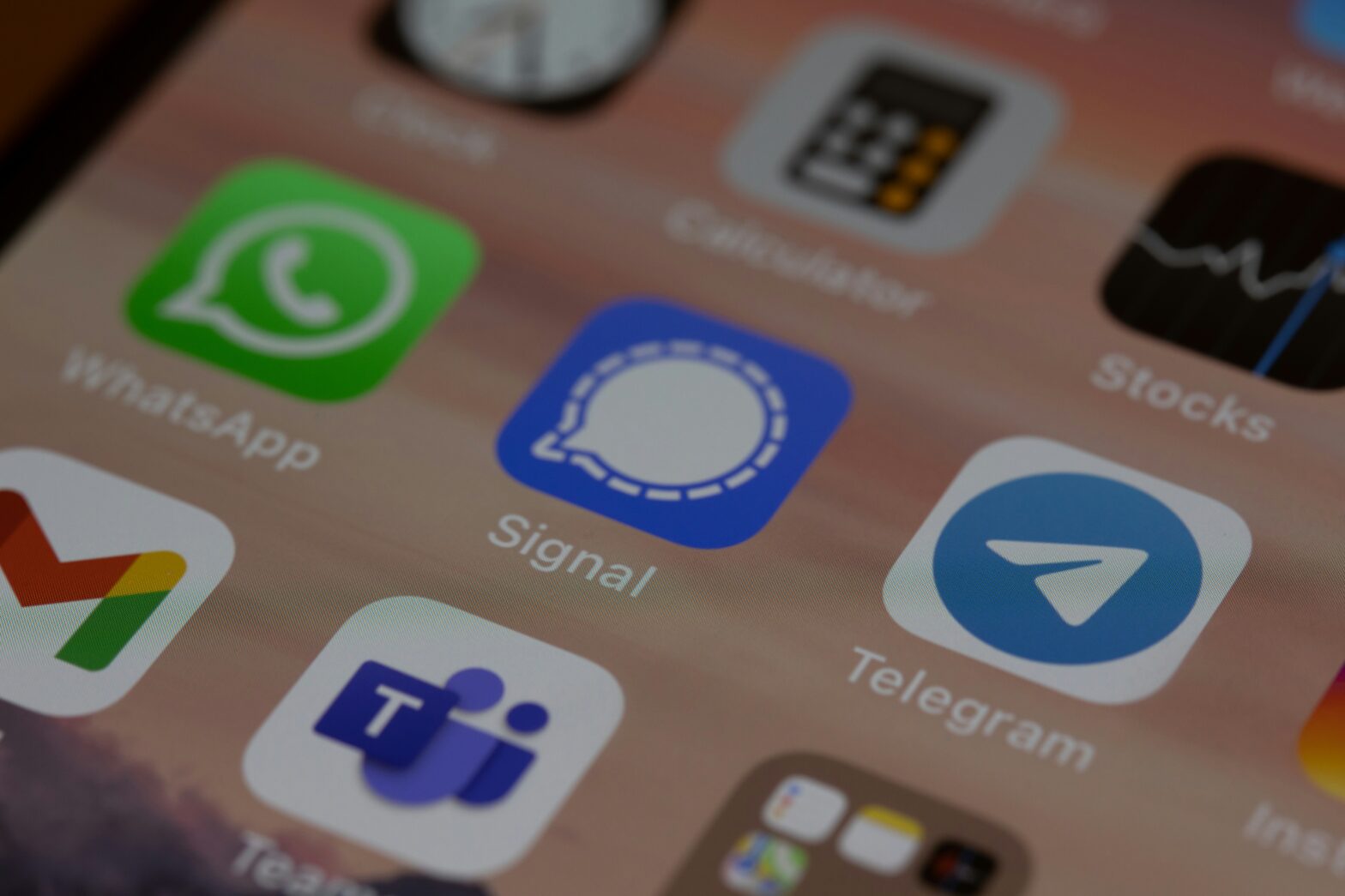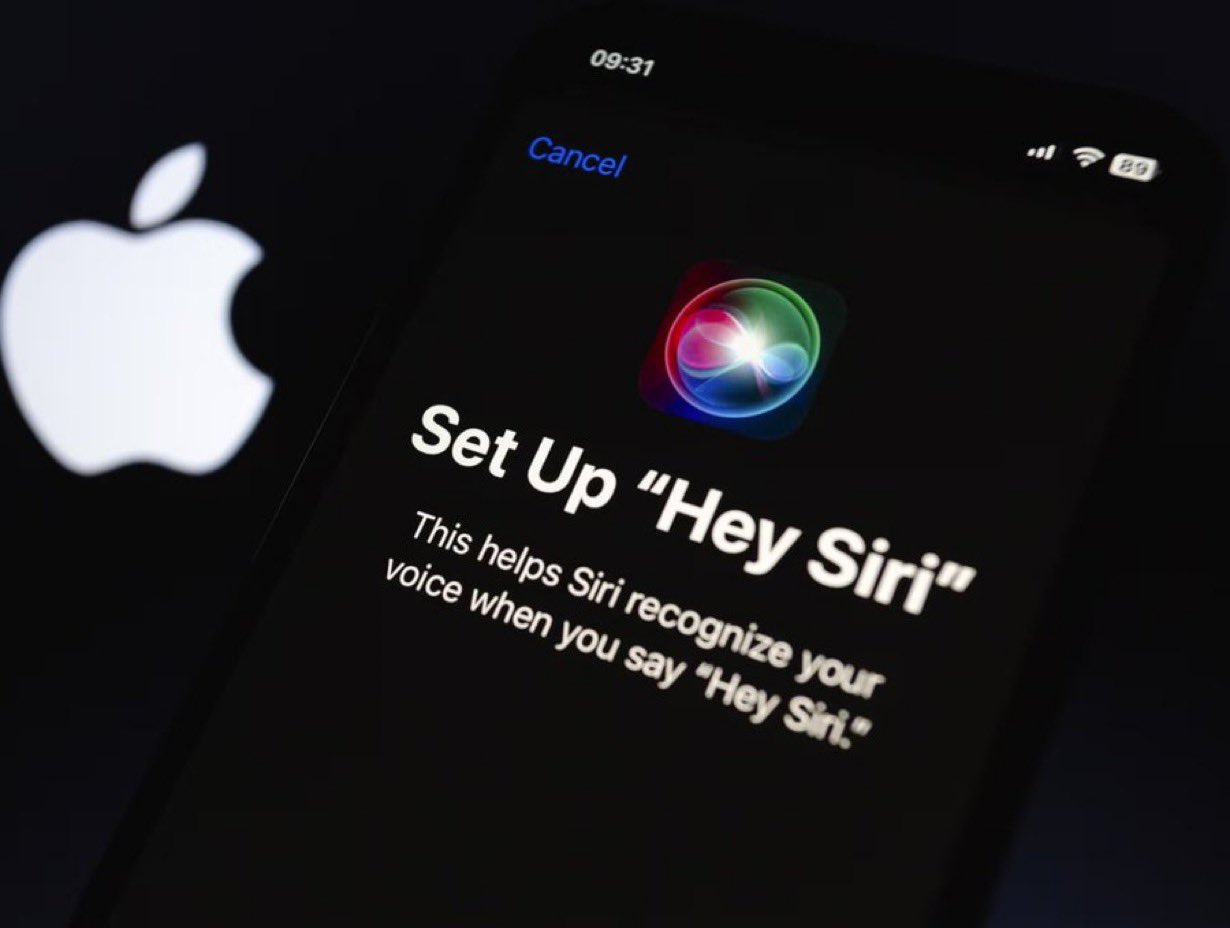Deepfake is a rising concern in the world of cyber security as it creates hyper-realistic audio, video which could trick people and even machines to be easily manipulated into thinking it as real and authentic and hence causing several consequences of scams and frauds such as impersonation and spreading misinformation. By smoothly fusing facts and …
Continue reading ““Fake Faces, Real Threats: Understanding Deepfakes in Cybersecurity” “




